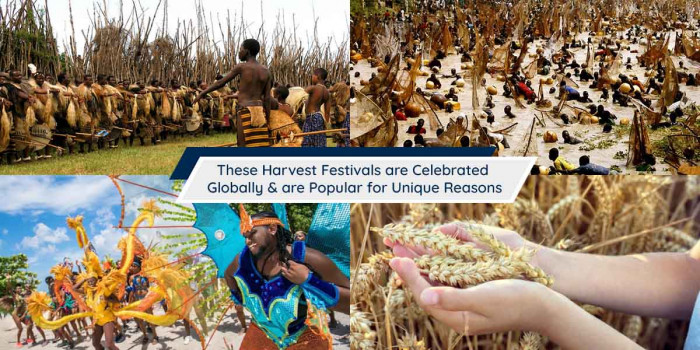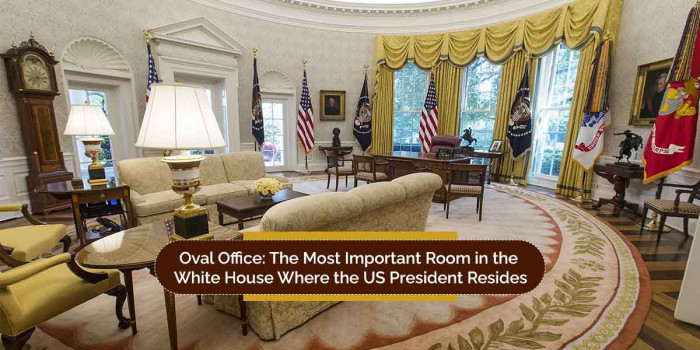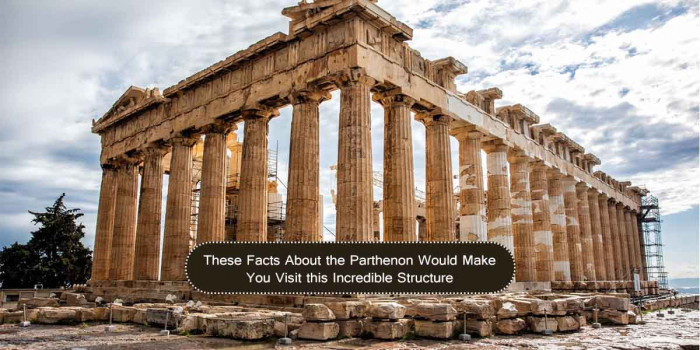10 Most Popular Maori Carvings and Artifacts
Most Maori carvings and artifacts combine elements from different mythology to tell a story. Each element in the Maori carvings has its particular meaning and the way they are combined is what gives them a special identity.
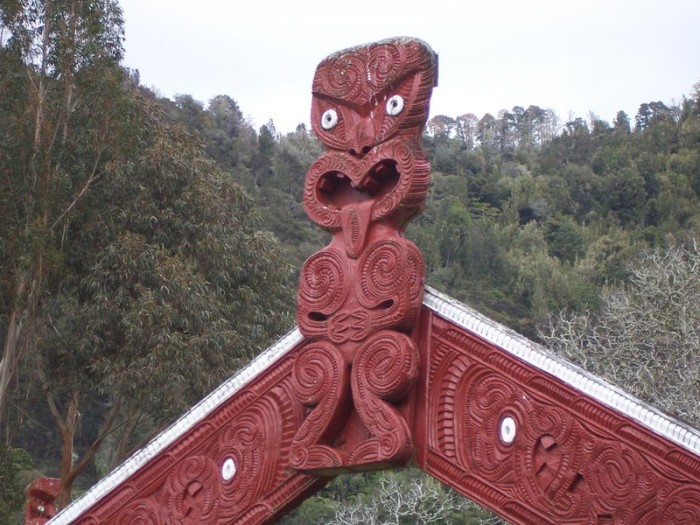
It is speculated that every cut in a piece of Maori carving has a special story or meaning behind its design. The different carvers, who were taught by Pre-European experts, make sure that most of the knowledge should pass on to the pupils. The pre-European Maori had no specific written language; hence the history and the stories of the Gods were preserved in different forms of arts and crafts such as basket weaving and jade carving.
These Maori artifacts were then handed over to the tribal elders and became holy objects ‘Taonga’, narrating the history of a tribe and spirits of great leaders who had worn them. The figures in Maori carvings are not religious but secular. The carvings are the popular ancestors of the tribe. Many of the legends revolve around the gods who protect every corner of the world such as the forests, the lakes, and the creatures of the sea.
Whakairo (carving) or Toi Whakairo (art carving) is the Maori traditional art of carving in stone, bone, and wood. Maori Arts & Crafts Institute at Whakarewarewa (Rotorua), Maori Art Market, Te Papa, and Auckland Art Gallery are significant sites where a diverse collection of Maori art is exhibited and sold. Eramiha Neke Kapua, Hone Taiapa, Hori Pukehika, Pine Taiapa, Inia Te Wiata, and others are some of the notable Maori carvers and artists.
So let’s have a glimpse at some of the popular artifacts and carvings of Maori, New Zealand’s second-largest civilization.
1. Te Uenuku
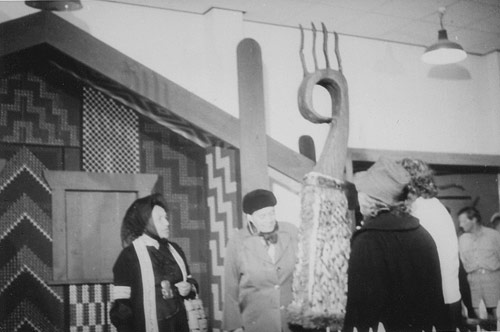
Te Uenuku or Uenuku (literally meaning “the rainbow”) is a prominent early Maori carving preserved at Te Awamutu Museum. A representation of the tribal god Uenuku, its top is carved into a spiral form from which four waving verticals emerge. It may seem to be a simple art form, but its striking and unique carving creates a strong reaction among the onlookers.
2. Tukutuku
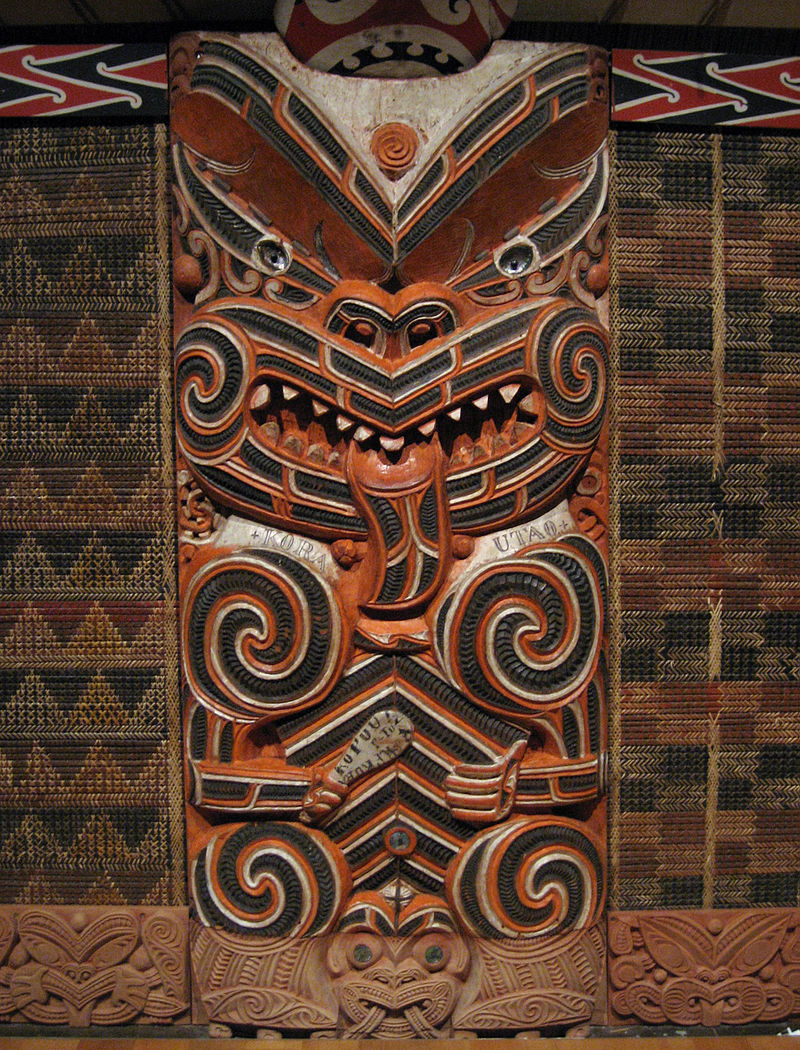
Tukutuku paneling is a traditional and exclusive artform of Maori people. This latticework is used for decorating meeting houses (wharenui). A broad array of patterns have developed which are now used in modern times and serve as an inspiration to New Zealand’s artists.
3. Te Puāwai O Te Arawa
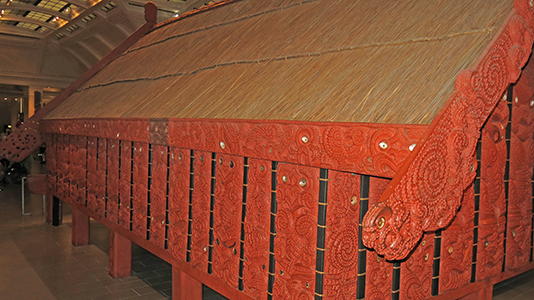
Te Puawai O Te Arawa (The Flower of Te Arawa), also called Tuhua Kataore (The Pit of the Taniwha 'Kaaore'), is a Pataka (raised storehouse). It was owned by the Ngati Pikiao tribe’s leader Te Pokiha Taranui. The famous carver Wero and others were hired for building and carving this Pataka. Completed in the early 1870s, it was established at Maketū in the Bay of Plenty for several years.
4. Hei Matau
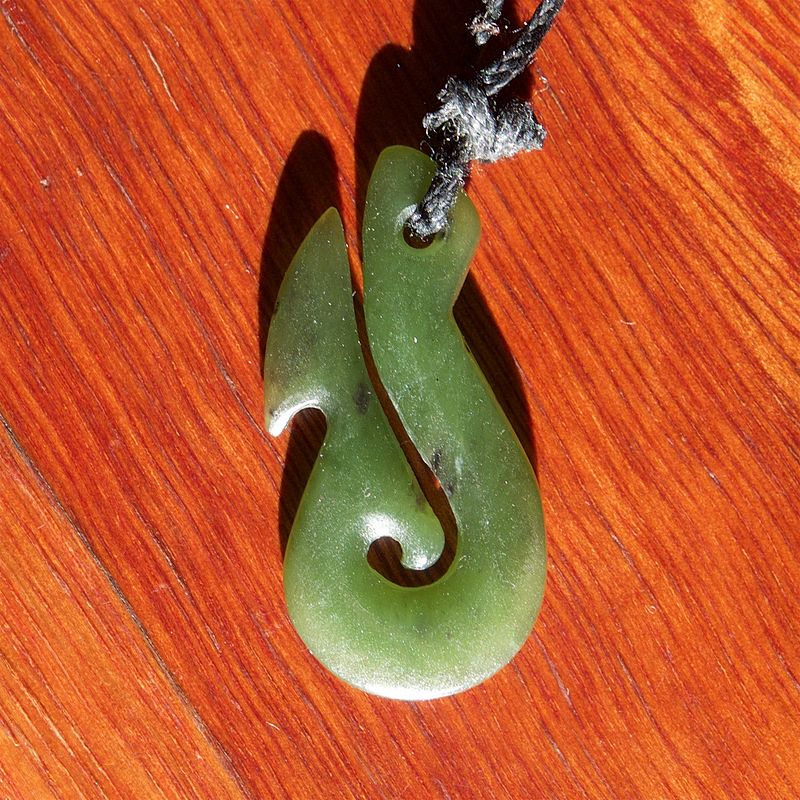
Hei matau is the stylish fish hook-shaped carving made out of bone or greenstone that was typical of Maori people. A taonga (a cultural treasure), hei matau denotes strength, prosperity, safe travel, and fertility. It also represents the significance of fishing to Maori and their relationship to God of the sea Tangaroa.
5. Hei-tiki
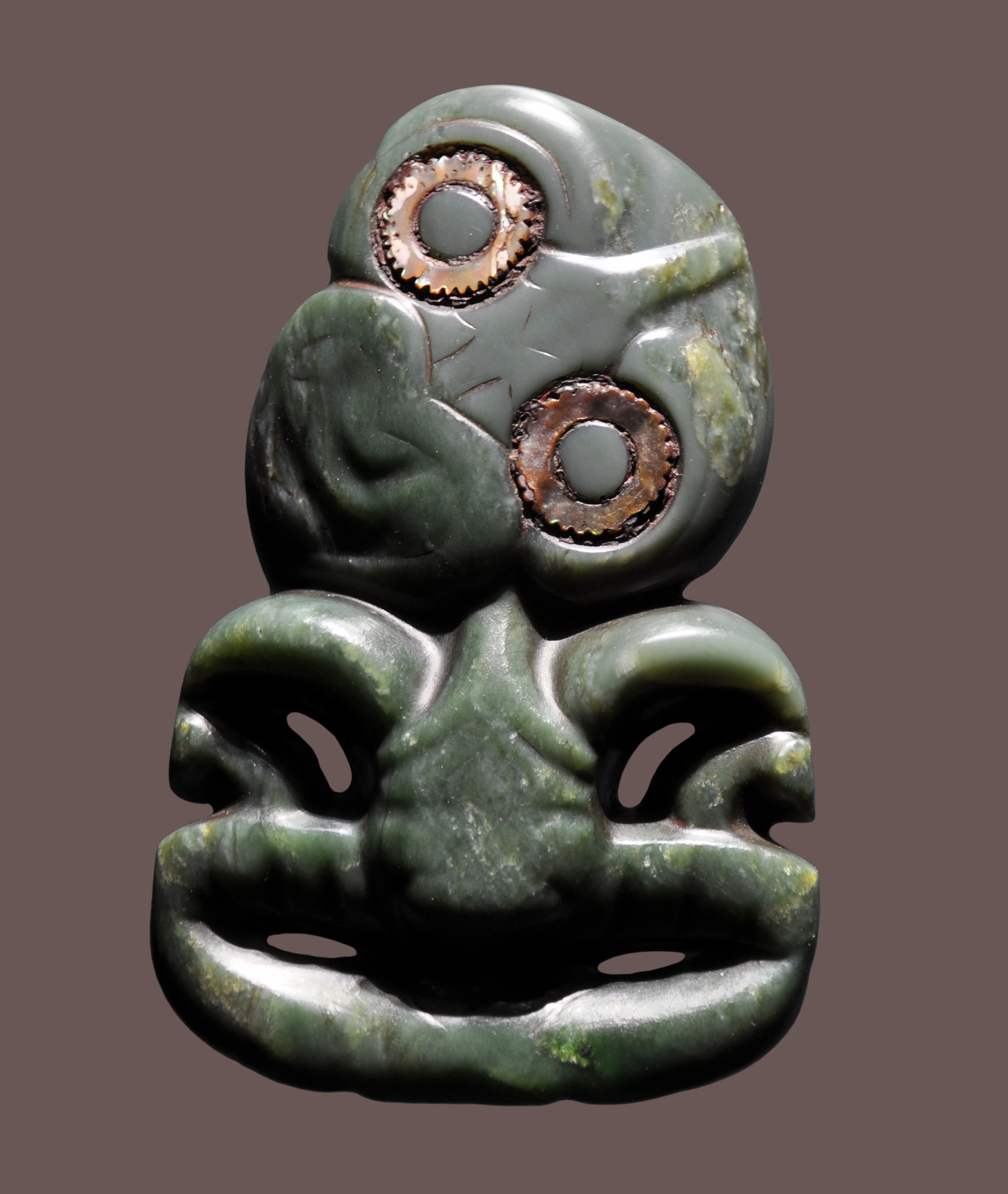
Hei-tiki is a decorative pendant of Maori that is put around the neck. Mostly made of pounamu (greenstone), it is made of jade, plastic, other stones, and materials. Commonly considered a taonga by Maori, they are commonly known as tiki by the people of New Zealand.
6. Pou Whenua
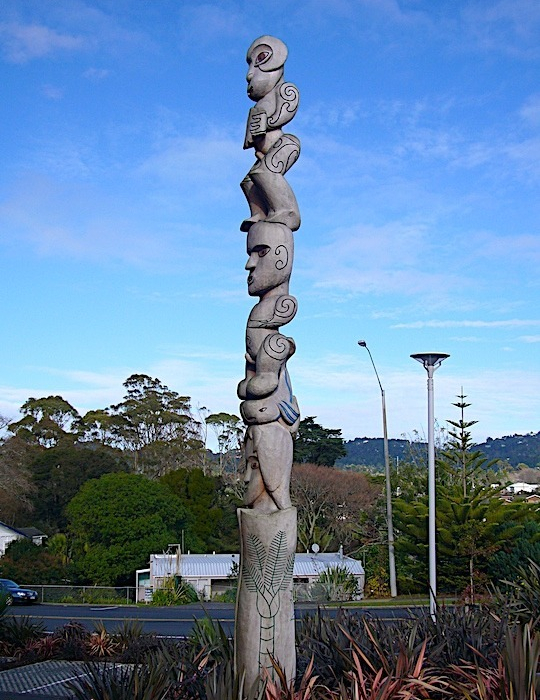
Pou Whenua (land post) are wooden post carvings that mark a territorial boundary or places of significance. Artistic and elaborate, these carvings can be found all over New Zealand. Also, it is a long-handled fighting staff with a club-like broadhead for striking.
7. Pou whakarae
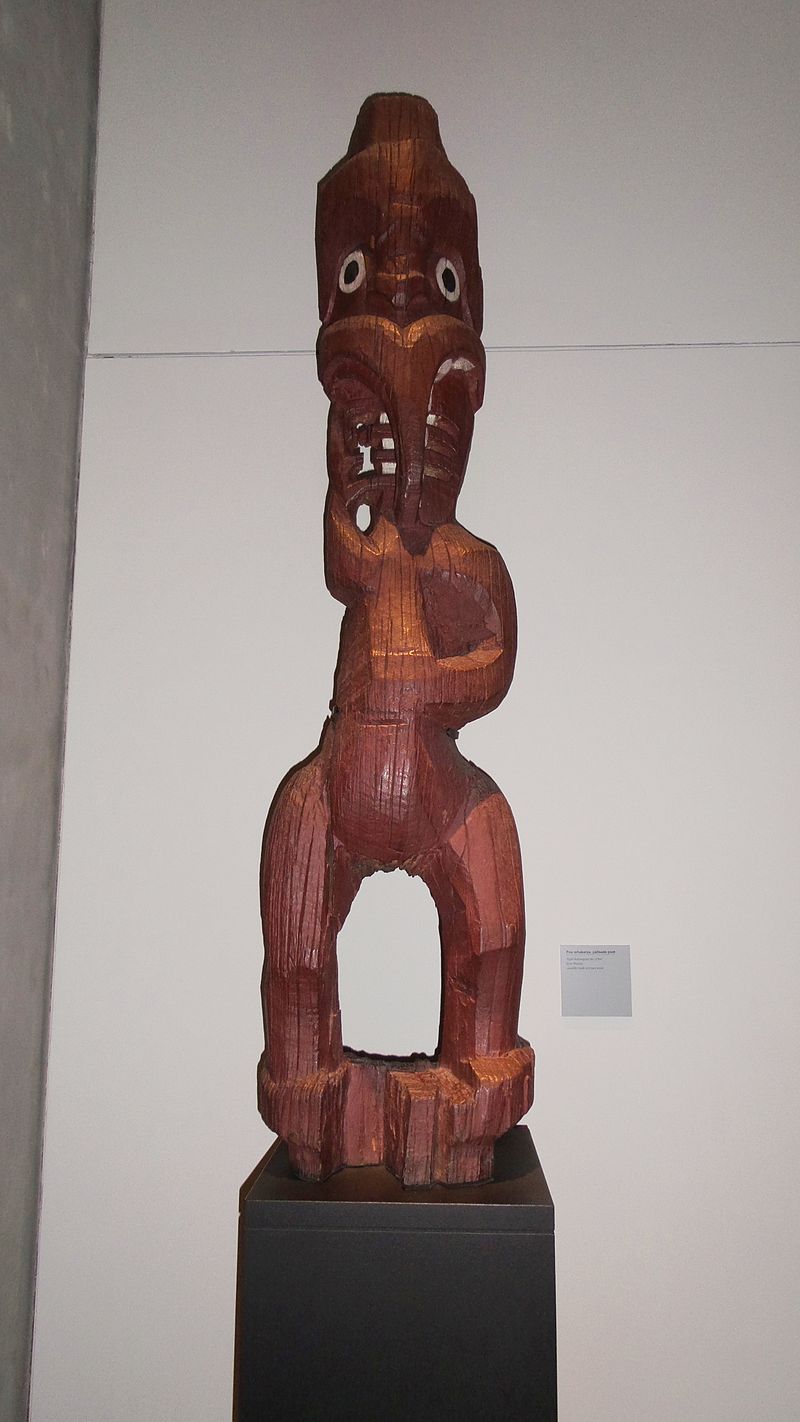
Pou Whakarae is the key post in the palisade of a Maori pa. Traditionally, they are a carving made out of wood.
8. Tekoteko
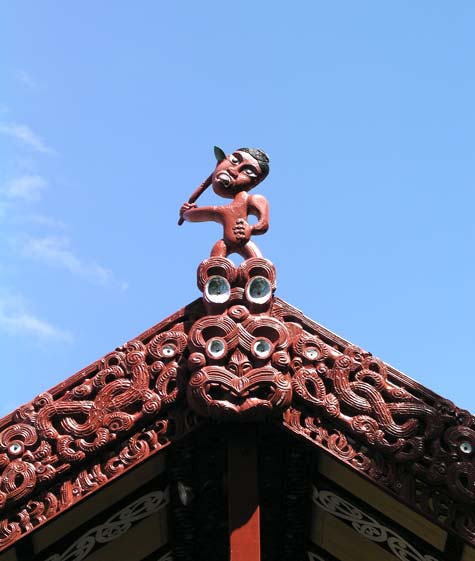
Tekoteko is the Maori term for carved human form (the whole body or the head) that could be either standing apart or affixed to the gable of a whare (house).
9. Korotangi
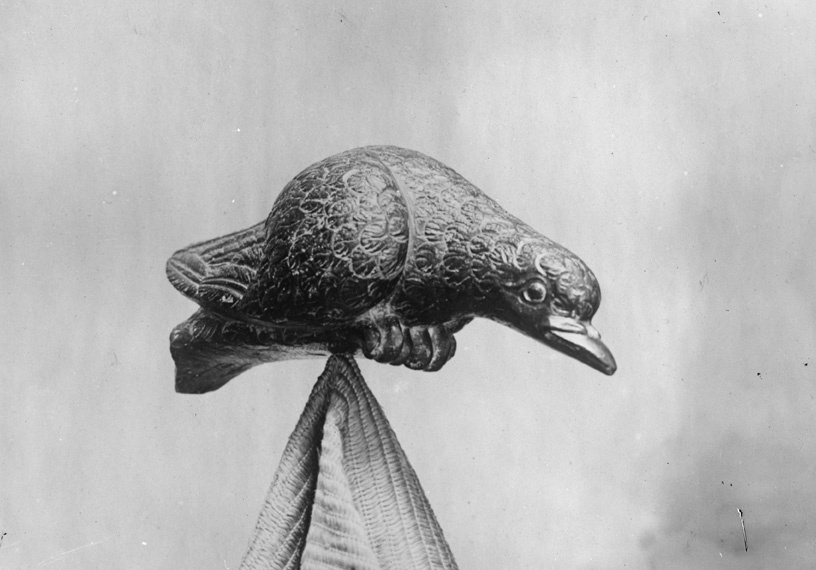
The Korotangi (literally meaning “bird of sorrow”) is a taonga or sacred Maori artifact that was discovered in New Zealand. It is basically a carving of a bird made from serpentine stone. Some Māori of Tainui tribal waka confederation holds a belief that it was brought into the country from Hawaiki in their ancestral waka.
10. Te Potaka
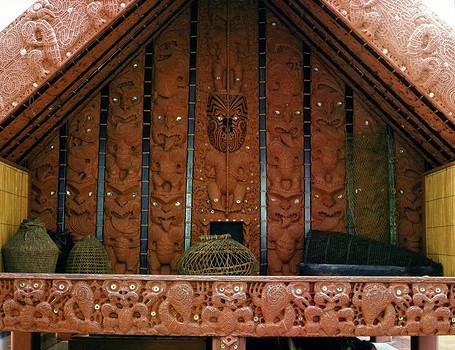
In the early 19th century, a vast storehouse called Te Potaka or Tairaku Potaka was built at Maraenui between Opotiki and East Cape. Then in the 1820s, it was disassembled and was handed over to Hinemahuru hapu where carver Puhirake renovated it by preparing a new mahi.
Popular Posts
10 Worst Modern Arts Ever That Sold For Millions
Modern art is known for having many hidden masks inside it which is hard to reveal but has a great significant meaning to understand. These artifacts enhance the beauty of the place many folds.
Kimberly Campbell
10 Facts About Angry Indian Goddess Maa Kali
Kali death mother is known for her victory over darkness according to Hindu mythology. She is ferocious and most powerful deity known for her violence and aggression which she utilizes against evil forces to bring peace back to earth.
Ethan Stephans
7 Scientific Facts About Lord Shiva - The Destroyer Of The World
When it comes to religion and god, people often mistake the whole arrangement as some magical experience, but in reality symboli...
Aaditya M






